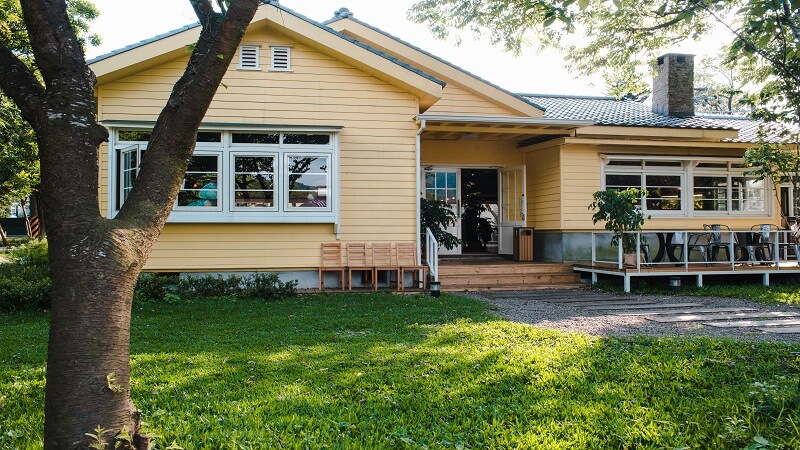When we think about a healthy home, the focus usually turns inward—air purifiers, cleaning products, or HVAC systems. But the real key to indoor wellness often starts outside. The condition of your home’s exterior plays a critical role in protecting the air quality, safety, and comfort inside.
Neglecting exterior upkeep can lead to more than just cosmetic issues. Problems like leaks, damaged siding, or clogged gutters can quietly allow moisture, pests, and pollutants to find their way indoors. Over time, these small oversights can turn into costly repairs—and even affect your family’s health.
How Outdoor Neglect Affects Indoor Wellness
Small exterior problems can quickly snowball into bigger challenges when left unchecked. A cracked seal or missing shingle might seem minor, but it can open pathways for mold, bacteria, and allergens to spread throughout your home.
Here are some common ways exterior issues compromise indoor health:
• Water intrusion through damaged roofs or siding can cause hidden mold growth, worsening allergies and asthma.
• Gaps and cracks around windows or foundations let pests inside—often carrying bacteria and other contaminants.
• Clogged gutters cause water buildup near your foundation, leading to mildew, musty odors, and mosquito breeding.
• Damaged insulation allows outdoor air, dust, and pollutants to circulate indoors, reducing air quality and comfort.
These problems often develop gradually, making them easy to ignore until the effects—like persistent humidity, odd smells, or increased allergy symptoms—become impossible to miss.
Early Clues That Maintenance Is Needed
Spotting trouble early makes all the difference. Keep an eye out for:
• Peeling or bubbling paint
• Water stains or discolored walls
• Musty odors or excess moisture inside
• Pest droppings, scratching noises, or visible entry points
• Pooling water around the base of your home after heavy rain
Each sign on its own might seem minor, but together they indicate your home’s protective barriers are starting to break down.
A Year-Round Plan for Exterior Health
Protecting your home doesn’t require major renovations—it just takes consistency. A seasonal maintenance routine helps you stay ahead of issues before they escalate:
Spring
• Check for winter damage on roofs, gutters, and siding.
• Clear out debris and inspect drainage systems.
• Reseal cracks and gaps to prevent leaks or pest entry.
Summer
• Wash siding and outdoor surfaces to remove dirt, pollen, and mildew.
• Trim trees and shrubs to prevent moisture retention and pest access.
• Verify that water flows away from your foundation.
Fall
• Clean gutters and downspouts thoroughly.
• Reapply weatherproof sealants where needed.
• Install or replace weatherstripping before cold weather sets in.
Winter
• Monitor attic ventilation and insulation.
• Watch for signs of ice buildup along the roof.
• Keep air moving in closed spaces to prevent dampness.
Why Exterior Care Is an Investment in Wellness
Preventive maintenance doesn’t just save money—it promotes a healthier living space. A minor repair today can prevent mold remediation, pest infestations, or foundation damage tomorrow. More importantly, a well-maintained exterior keeps allergens, moisture, and contaminants where they belong—outside.
The exterior of your home is its first line of defense. When it’s strong and well-cared for, the air inside stays cleaner, the structure lasts longer, and your family stays healthier. Taking small, consistent steps to maintain your home’s exterior is one of the simplest—and most effective—ways to protect your home and your wellbeing.
For more, check out the accompanying graphic from Lane’s Contracting, an expert in the triangle area roofing business.
